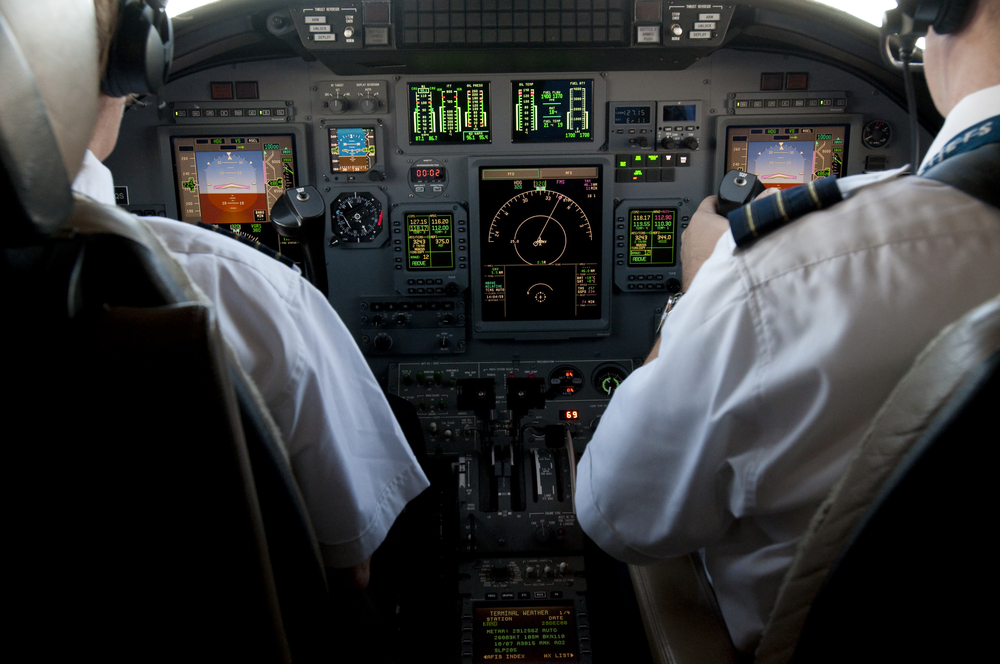Are you using your private jet to fly yourself and your business partner to a meeting 600 miles away? Or do you plan on using your jet as a revenue stream, allowing people to book charters around the region? It’s your jet and you can do whatever you like, but you need to make sure you’re following proper Federal Aviation Regulations (FARs). Unbeknownst to many new jet owners, these simple examples are very different in the eyes of the Federal Aviation Administration (FAA). You need to know the difference between Part 91 and Part 135 operations.

The difference between Part 91 and Part 135 operations
The main difference between Part 91 and Part 135 operations largely has to do with the safety standards and regulations that go into the flight. If you’re thinking about buying a jet, it’s smart to get familiar with them so that you’re making a safe purchase that will meet your needs and expectations.
Part 91 governs general operating and flight rules for all civil, generally non-commercial aircraft, whereas Part 135’s goal is to “hold [commercial] pilots, aircraft, operations and even passengers to a higher standard than would pertain to someone providing his own transportation.” Part 91’s rules are always in effect unless a more restrictive Part 135 rule applies. If you’re operating your jet under a charter, Part 135 will apply.
Private versus charter
 Part 91 governs situations where the pilot is directly responsible for the entire private aircraft — like an automobile driver transporting around other private citizens. In contrast, Part 135 would be like having a commercial driver’s license: the safety standards are higher than private aircraft and the pilot must undergo more training to transport cargo or passengers for compensation.
Part 91 governs situations where the pilot is directly responsible for the entire private aircraft — like an automobile driver transporting around other private citizens. In contrast, Part 135 would be like having a commercial driver’s license: the safety standards are higher than private aircraft and the pilot must undergo more training to transport cargo or passengers for compensation.
Still not sure which FARs you’re subject to? Ask yourself a few simple questions.
- Are you flying the plane or hiring a crew?
- Are you receiving compensation for transport?
- Who owns the jet?
Start to look at whether your flight trends privately or if it hedges into the realm of commercial transport — a charter.
Ultimately, the difference comes down to safety. With charter flights, you can guarantee that your crew is well-rested, and they’ll only take off in generally accepted, safe weather conditions, whereas Part 91 has fewer regulations for private flights.
For example, Part 135 flights can only utilize airport runways where they can land in the first 80% of the runway, whereas Part 91 allows pilots to use any runway that meets their own runway length requirements. The maintenance standards for Part 91 also are less stringent than for charter flights; the FAA implemented Part 135 to set a standard of professionalism and safety to protect consumers.
When deciding to buy a jet, knowing how you’ll use it — and therefore whether Part 91 or Part 135 will apply — is key to picking the right aircraft.